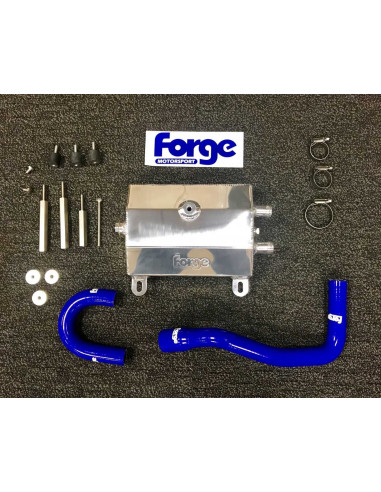

The Oil Catch Can is necessary for vehicles with direct fuel injection engines as the valve rings do not perfectly seal between the piston and the cylinder walls. This will help you determine easily when to drain the can. However, we typically suggest to drive 500 miles after installing a catch can then drain the oil and measure the amount of buildup. It depends on the driving condition, driving range, blow-by buildup and weather condition which determines how often you should drain the oil catch can. How Often Should I Drain My Oil Catch Can? Installing an oil catch can on a non turbo and turbocharged engine prevent by collect oil and carbon sludge buildup to the intake system and maximizes the engine performance. As a result, dirt accumulates on the walls of the intake manifold and intake valves causing a disrupting performance. The modern direct injected engine gets dirtier much faster than the traditional multi point fuel injection systems because the fuel moves directly into the combustion chamber and no fuel are sprayed on the intake valves to keep them clean.

This makes it necessary to install an oil catch can in order to ensure a smooth engine performance.

However, in turbocharged and supercharged cars, this carbon and blow-by buildup is in huge quantity especially when the vehicle is under boost. If you notice an oily residue in your intake system, it is time better to get an oil catch can.ĭo Non-Turbo Vehicles need Oil Catch Can or is it Only Necessary for Turbocharged and Supercharged Engines?Įvery vehicles experiences carbon buildup and blow-by production on the intake valves whether it is naturally aspirated, turbocharged or supercharged. All the contaminants fall to the bottom of the can while the clear air is sent back to the engine where it can be re-burned.Īlthough every gas-powered car experiences gas blowby which is the buildup of oil vapor in the intake and throttle body, but mostly high-performance engines suffer badly as their performance drops significantly. Once the air enters the catch can, it comes in contact with the baffles inside the can where the air condenses and separates into fuel, oil and other contaminants. An “oil catch can” sometimes referred to as a Catch Tank or Air/Oil Separator is a remarkable mechanical component that helps to separate oil from the dirty air. The crankcase is equipped with a PCV valve which diverts the dirty air back to the intake system. This type of damage over time with blow-by will cost you thousands of dollars in repair cost.During the combustion process, a certain amount of gas does not leave through the exhaust, rather it makes its way into the crankcase. Although you might not notice any performance loss in a stock engine, the blow-by created by GDI Engines can lead to reduced combustion, fouled spark plugs, detonation, a dirty throttle body/intake manifold, and it can even lower the fuel efficiency. As PCV systems suck the pressure out of the crankcase, it also draws out a fine mist of oil which is then included in the air/fuel intake charge. If you understand the purpose of a catch can you can say there is a good argument for automakers to place catch cans in their engines no matter if it is a performance vehicle or not. Any GDI Engines benefits greatly from Oil Catch Can let alone a performance vehicle. Oil Catch cans are placed by the car owners themselves which beg the question of why do the car manufacturers choose not to place an oil catch can in the vehicles.

Any modified performance car that you see will have some sort of oil catch can on them.


 0 kommentar(er)
0 kommentar(er)
